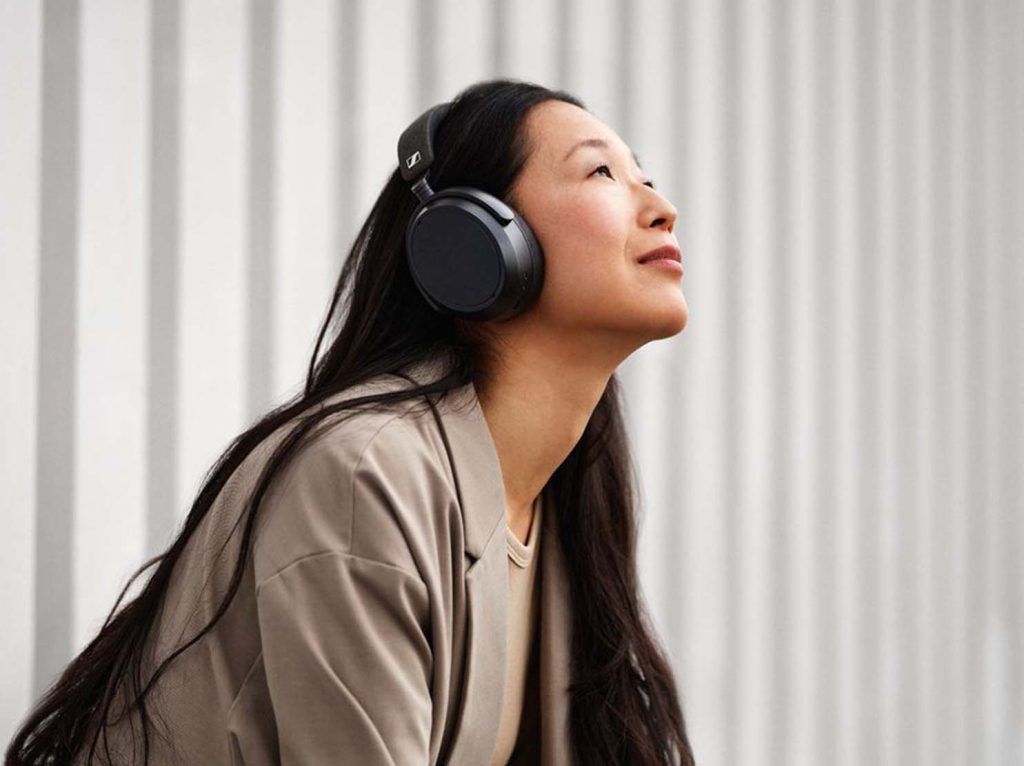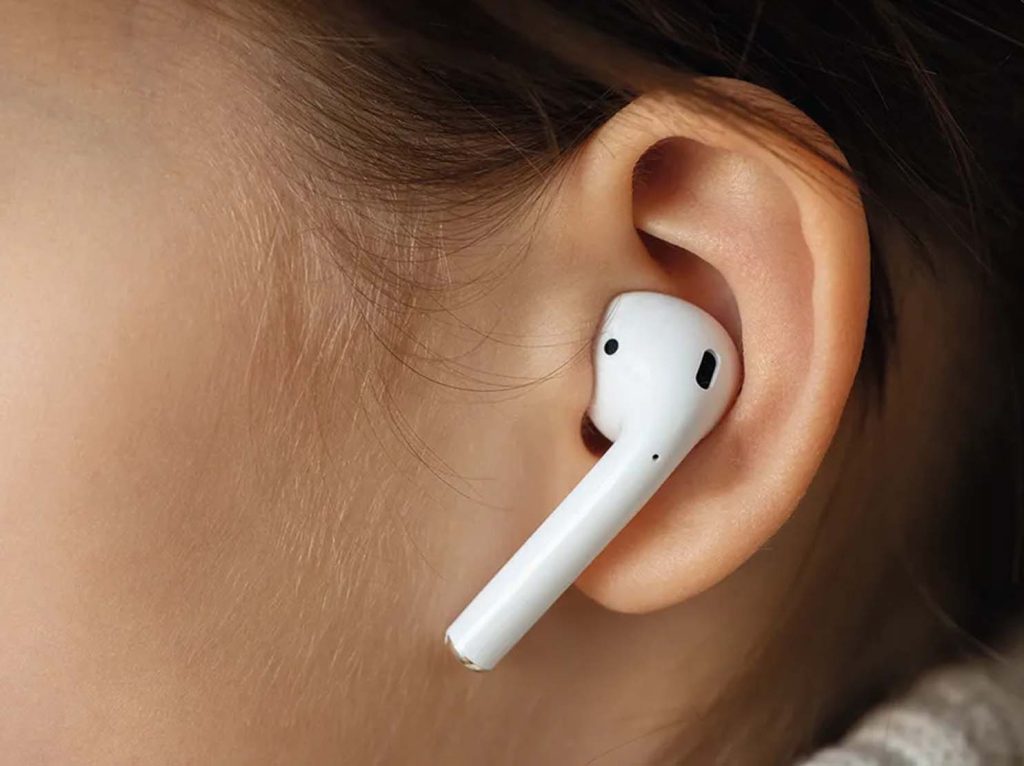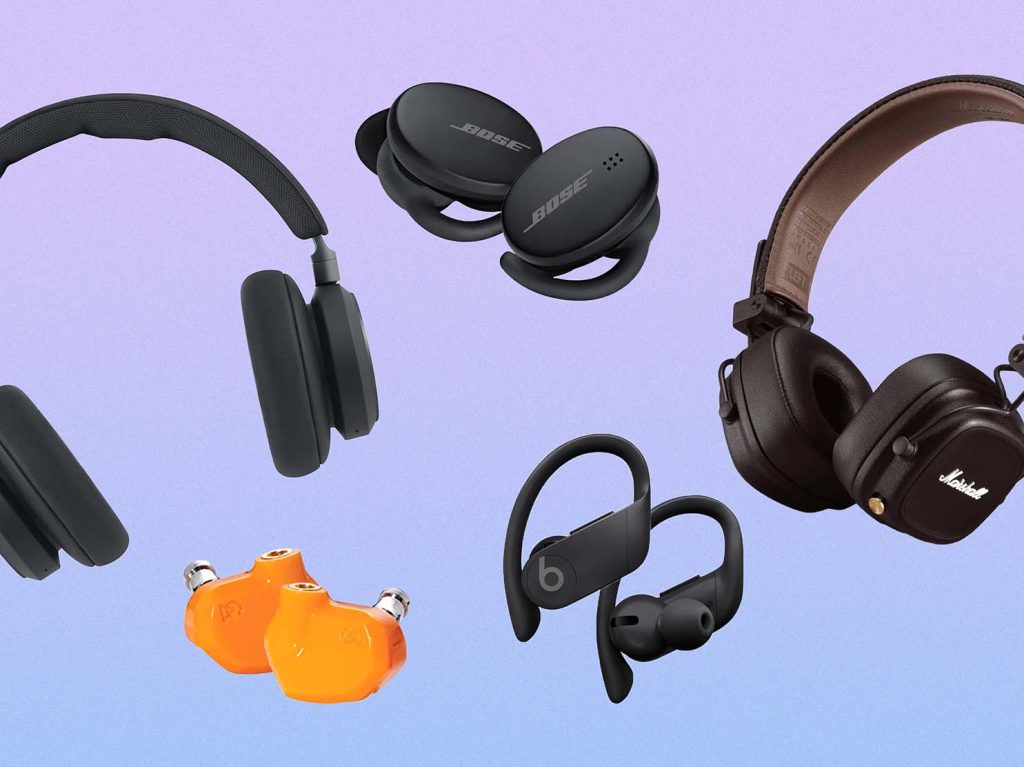When it comes to choosing headphones, the decision often boils down to whether you prefer over-ear or in-ear models. Both types offer unique benefits and drawbacks that cater to different needs and preferences. In this article, we’ll explore the pros and cons of each to help you make an informed choice that best suits your lifestyle and audio requirements.
1. Understanding Over-Ear Headphones
Over-ear headphones, also known as circumaural headphones, are characterized by their large ear cups that enclose the ears entirely. They typically come with padded headbands and ear cushions, designed to provide a comfortable and immersive listening experience.

Pros
- Superior Sound Quality Over-ear headphones generally offer better sound quality compared to in-ear models. The larger drivers and better acoustics of over-ear headphones provide a more expansive soundstage with richer bass and clearer mids and highs. This makes them ideal for audiophiles and those who appreciate high-fidelity audio.
- Enhanced Comfort Thanks to their cushioned ear cups and adjustable headbands, over-ear headphones tend to be more comfortable for extended listening sessions. The large ear cups also help distribute pressure more evenly around the ears, reducing fatigue during long use.
- Noise Isolation and Cancellation Many over-ear headphones feature active noise cancellation (ANC) or passive noise isolation. The ear cups completely cover the ears, which helps block out external noise and creates a more immersive listening experience. ANC models use microphones and electronic processing to reduce ambient sounds further.
- Better Airflow The open design of the ear cups allows for better airflow, which helps keep your ears cool and comfortable, especially during prolonged use.
Cons
- Bulkiness and Portability Over-ear headphones are bulkier and less portable than in-ear models. Their size makes them less convenient for on-the-go use, and they can be cumbersome to carry around, especially if you don’t have a dedicated carrying case.
- Heat and Sweat The large ear cups, while providing comfort, can also trap heat and moisture, especially during exercise or in warm environments. This can lead to discomfort and sweat buildup.
- Price High-quality over-ear headphones can be quite expensive, especially those with advanced features like high-end audio drivers or ANC technology. While there are budget options available, they may not offer the same level of performance and durability.
- Less Discreet Due to their size and design, over-ear headphones are more noticeable than in-ear models. This might be a drawback if you prefer a more subtle or low-profile look.
2. Exploring In-Ear Headphones
In-ear headphones, also known as earphones or earbuds, are designed to fit directly into the ear canal. They are compact, lightweight, and often come with various ear tip sizes to ensure a snug fit.

Pros
- Portability In-ear headphones are highly portable due to their small size and lightweight design. They easily fit into pockets or small cases, making them ideal for commuters and travelers. Many models also come with carrying pouches for added convenience.
- Discreetness Their compact design makes in-ear headphones less noticeable, providing a more discreet listening experience. This is particularly beneficial for users who prefer a minimalistic look or want to avoid drawing attention.
- Variety of Designs In-ear headphones come in a wide range of designs, including wired and wireless options. True wireless earbuds have gained popularity for their convenience, eliminating cables altogether.
- Good Noise Isolation In-ear headphones provide effective passive noise isolation due to their snug fit in the ear canal. This helps to block out external sounds and ensures a more focused listening experience, especially in noisy environments.
- Affordable Options In-ear headphones are available at various price points, including budget-friendly options that offer good sound quality and essential features. This makes them accessible to a broader range of users.
Cons
- Comfort Issues Some users may find in-ear headphones uncomfortable, particularly during extended use. The fit can vary depending on the ear tip size and shape, and not all models provide a perfect seal. In-ear headphones can also cause ear fatigue or discomfort if worn for long periods.
- Sound Quality While many in-ear headphones offer excellent sound quality, they generally cannot match the depth and richness of over-ear models. The smaller drivers and enclosed design limit their ability to produce a wide soundstage.
- Risk of Ear Damage Listening to music at high volumes through in-ear headphones can potentially cause hearing damage. The sound is delivered directly into the ear canal, which can be harmful if not managed carefully.
- Limited Noise Cancellation Most in-ear headphones rely on passive noise isolation rather than active noise cancellation. While they can block out some external noise, they may not be as effective in very noisy environments compared to over-ear models with ANC.
3. Comparing Over-Ear and In-Ear Headphones

Sound Quality
- Over-Ear: Generally superior sound quality with a more immersive listening experience.
- In-Ear: Good sound quality, but often lacks the depth and richness of over-ear models.
Comfort
- Over-Ear: More comfortable for long listening sessions due to padded ear cups and adjustable headbands.
- In-Ear: Comfort can vary; may cause discomfort or ear fatigue during extended use.
Portability
- Over-Ear: Bulkier and less portable; not ideal for on-the-go use.
- In-Ear: Highly portable and discreet; easy to carry and store.
Noise Isolation
- Over-Ear: Effective passive and active noise isolation; better for blocking out ambient sounds.
- In-Ear: Good passive noise isolation; may not block out all external noise.
Price
- Over-Ear: Can be more expensive, especially with advanced features like ANC.
- In-Ear: Available at various price points, including budget-friendly options.
Use Cases
- Over-Ear: Best for home use, long listening sessions, and audiophiles who prioritize sound quality.
- In-Ear: Ideal for commuting, travel, and users who need a compact and portable option.
4. Personal Experiences and Recommendations
My Experience with Over-Ear Headphones
During my recent travels, I used a pair of high-end over-ear headphones. The comfort and sound quality were exceptional, especially during long flights. The noise cancellation was a game-changer, allowing me to enjoy my music without distractions. However, the bulkiness was noticeable, and carrying them around required a bit more effort.
My Experience with In-Ear Headphones
In contrast, my in-ear headphones were my go-to for daily commuting and gym sessions. Their compact size and portability were incredibly convenient. The passive noise isolation helped me focus on my workouts, and the wireless model meant no tangled cables. However, after extended use, I noticed some discomfort, and the sound quality, while good, didn’t match the richness of my over-ear headphones.
Choosing between over-ear and in-ear headphones ultimately depends on your personal preferences and intended use. Over-ear headphones excel in sound quality, comfort, and noise isolation, making them ideal for home use and audiophiles. In-ear headphones offer superior portability, discreetness, and are often more affordable, making them perfect for on-the-go use and casual listening.